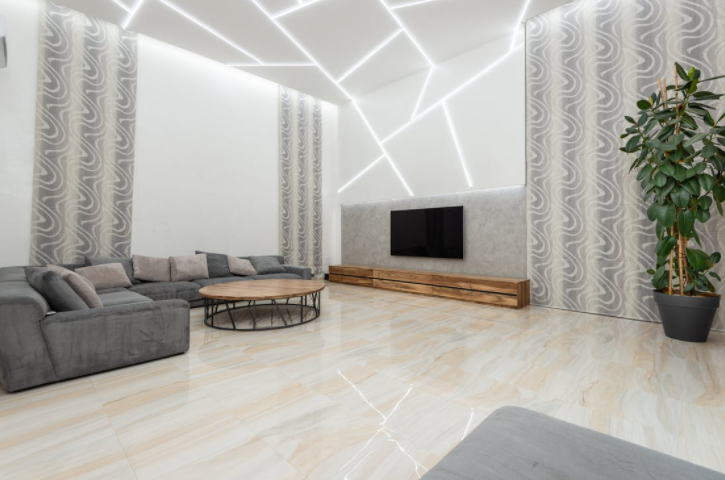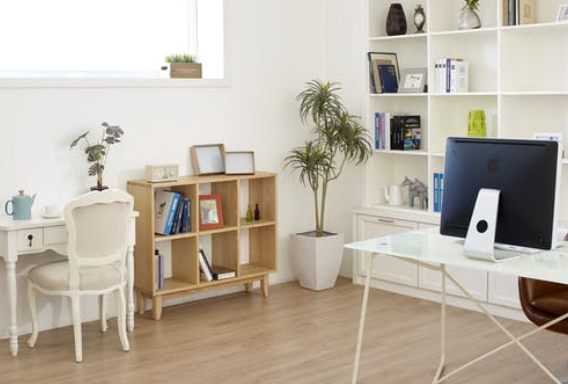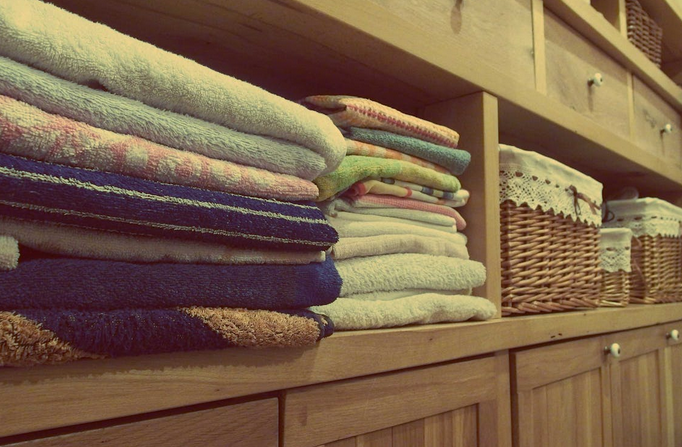Simple Tips to Soundproof Your Home on a Budget
It doesn’t have to be expensive to soundproof your home. We all know how little money can be when building a new home. There is no need to spend a lot of money on soundproofing your home. There are many common items that you can buy at your local hardware store. Sand is a great soundproofing material. However, most people do not consider it as such. You can use sand to soundproof your walls if they have been reinforced. Your walls must be able to withstand the weight and pressure of the sand. Use only refined or clean sand. Avoid regular beach sand, which can cause mold and other bacterial problems.

Invest in Rolled Roofing Materials
Imagine you are building your new home. One of the rooms you see is the home theater. But your budget is already limited. You need to soundproof the room. You can use the usual materials for rolled ceilings. Rolled ceilings are used for buildings like chicken coops or other roofs that are not about aesthetics but need to leak. Rolled roof rolls are typically 30 feet long and 3 feet wide. Their brains spin at 100 miles per hour. What is the purpose of all this rolled roofing material? You may ask. Bulk-loaded vinyl (or MLV) is one of the most effective soundproofing materials on the market today. It’s made of high-quality vinyl that has been impregnated with barium salts, silica, and other chemicals to provide the same soundproofing properties as lead sheet, but without the risks associated with lead.
Install the Soundproofing Walls
 The price of MLV can range from $1.25 to $2.00 per square foot, which could be a problem when building your dream home. Now comes the roll ceiling material. If you are soundproofing your ceiling, I suggest laying rolled ceiling material along the joists and studs. The rolled roofing material is attached to the studs like a membrane. The second section of rolled roofing material should be at least 1 inch larger than the first. The overlap should be caulked with an acoustical adhesive.
The price of MLV can range from $1.25 to $2.00 per square foot, which could be a problem when building your dream home. Now comes the roll ceiling material. If you are soundproofing your ceiling, I suggest laying rolled ceiling material along the joists and studs. The rolled roofing material is attached to the studs like a membrane. The second section of rolled roofing material should be at least 1 inch larger than the first. The overlap should be caulked with an acoustical adhesive.
Now let’s get back to soundproofing the walls. Once you have installed the roll ceiling and caulked the 1-inch overlap, you need to caulk the perimeter of the newly installed roll ceiling membrane. There is a saying in the soundproofing industry that caulking is cheap. You get the idea. Use as much sealant as you need to seal any cracks or seams in the roofing soundproofing membrane. This roofing material should be sealed as tightly as possible. Roll roofing membrane is not as soundproofing as MLV. Therefore, I highly recommend adding a second layer to each wall and roof. It’s worth the small investment to create a soundproof room for a home cinema or study in peace.
Finish Off the Layer With Drywalls
Once you’ve applied your two layers of roller ceiling to the ceiling and walls and all the sealants have dried, it’s time to install the final layer of drywall. To complete the soundproofing, I recommend installing a layer of 5/8″ fireproof plywood. Tape the walls and then paint them. Now let me talk a little bit about acoustical drywall sealant. Although acoustical sealant is a relatively inexpensive product compared to other soundproofing products, it is an essential part of any soundproofing project. Be sure to use a high-quality acoustical sealant and not a cheap silicone. Soundproofing material is already expensive, so don’t go overboard with the sealant. Tremco Smoke and Sound caulk or OSI-175 SC caulk are two excellent acoustical options. These caulks have excellent acoustic properties. You can contact one of the soundproofing companies online if you have any questions about acoustic oil caulking.



